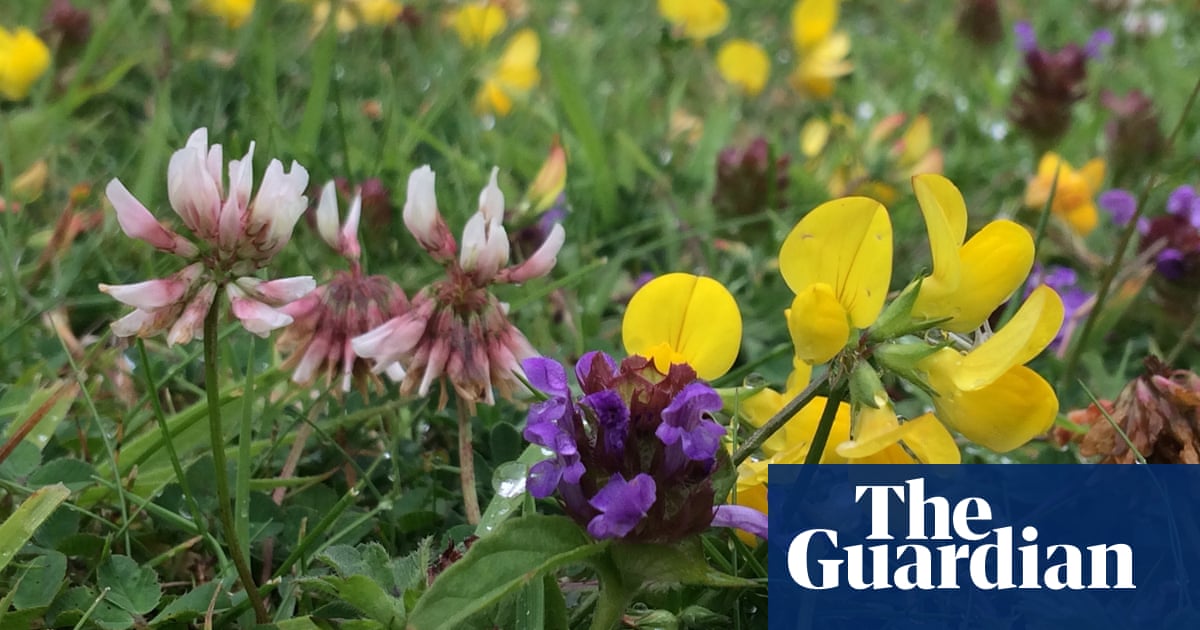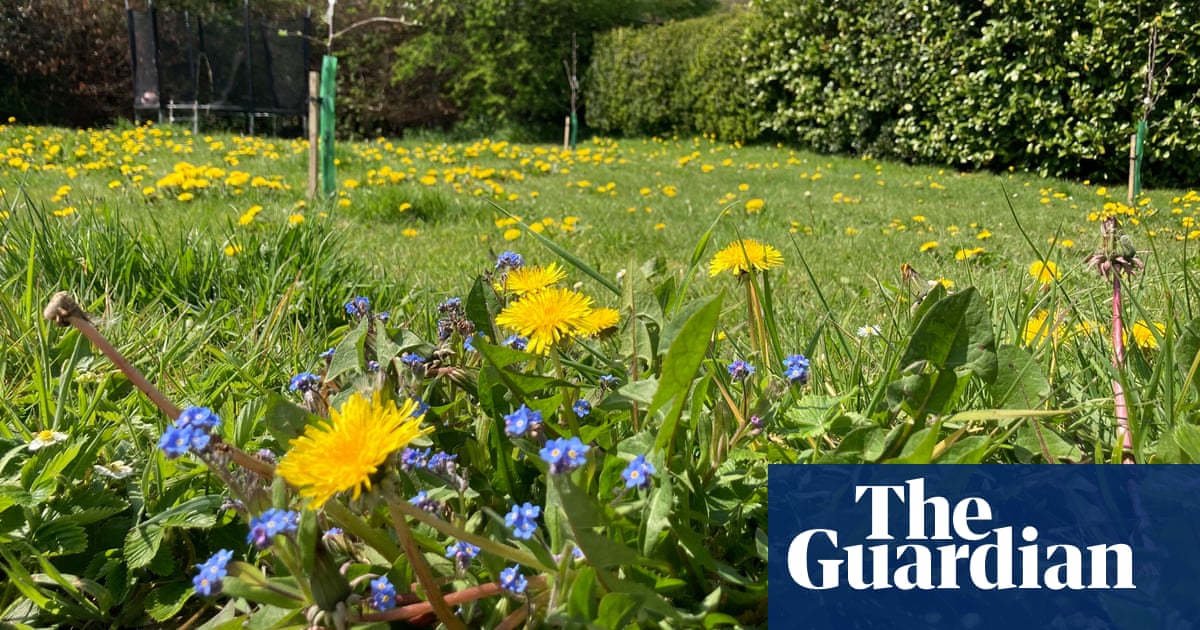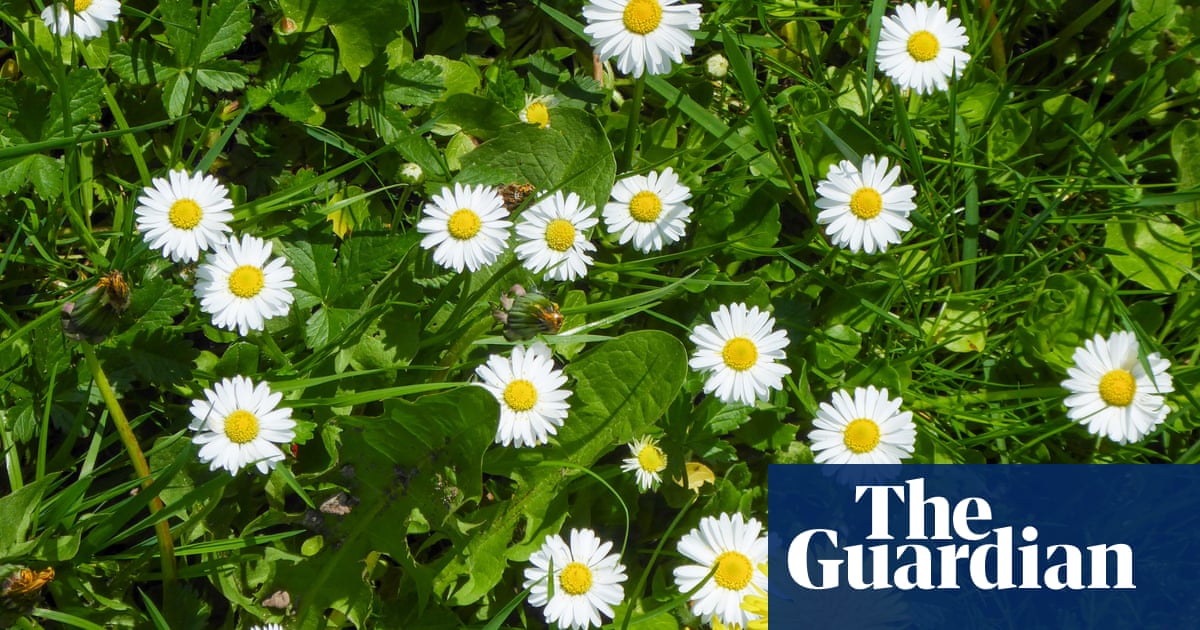
A top 10 of the most common plants in British lawns has been revealed as conservationists urge gardeners to let their grass grow for the month of May.
Scientists at the charity Plantlife are asking the public to look out for wildflowers and other plants in their lawns as they put their lawnmowers away for a campaign labelled “No Mow May”.
The 10 most common plants recorded during the campaign last year were daisies, creeping buttercup, yellow rattle, common bird’s-foot trefoil, field forget-me-not, meadow buttercup, white clover, common mouse-ear, oxeye daisy and dandelion.
Plant campaigners were pleased about the proliferation of yellow rattle on British lawns, as the semi-parasitic plant possesses an unrivalled ability to act as “nature’s lawnmower”, reducing coarser grasses and allowing more delicate wildflowers to flourish.
They said the appearance of common bird’s-foot trefoil on lawns was great news for other wildlife, as it was a rich source of food for 140 insect species.
Nicola Hutchinson, the director of conservation at Plantlife, said: “Wild plants and fungi are the foundation of life and shape the world we live in. However, one in five British wildflowers is under threat and we need to urgently address and arrest the losses.
“With an estimated 23m gardens in the UK, how lawns are tended makes a huge difference to the prospects for wild plants and other wildlife. The simple action of taking the mower out of action for May can deliver big gains for nature, communities and the climate, so we are encouraging all to liberate lawns as never before.”
Plantlife also said mowing the lawn less could help reduce the carbon footprint of British gardens.
The charity estimated that Britain’s lawns could be cut as many as 30m times a year under a weekly regime. This would be equivalent to the consumption of 45m litres of petrol, resulting in 80,000 tonnes of annual carbon dioxide emissions – or the combined carbon footprint of about 10,000 average households.
However, people are mowing their lawns less as the trend for neat gardens is becoming less popular.
Ian Dunn, the chief executive of Plantlife, said: “The immaculate bright green bowling green lawn with its neat stripes may have historically been the desired garden aesthetic, but increasingly we’re seeing a cultural shift which sees wilder lawns buzzing with bees and butterflies becoming highly valued. A radical shift in attitudes towards lawn management is under way and it is to the benefit of plants, pollinators, people and planet.”












